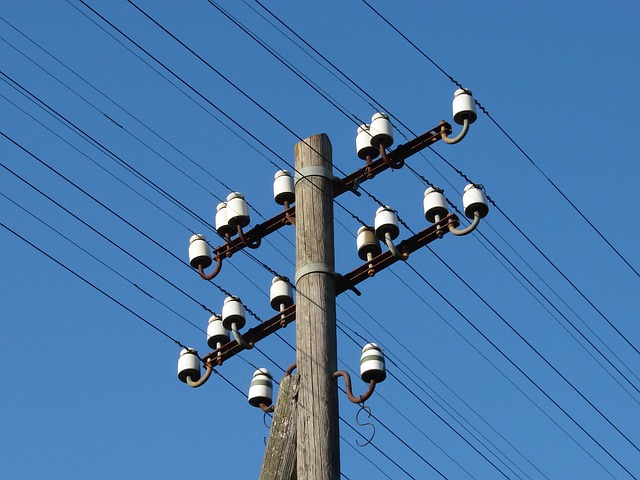
How are cell signals measured?
The strength of cell phone signals is measured in decibels (dBm) that mobile phones receive from a cellular network. Usually, signal strengths range from around -30 dBm to -110 dBm. Numbers closest to 0 are the strongest cell signals. Signals over -85 dBm are considered to have good signal strength for cell phones.
A majority of mobile devices have a set of bars that displays the strength of the signal that is being received by the device. However, in reality, your cell phone’s bare are not an accurate measurement of signal strength. This is due to the fact that there are no industry standards for what is represented on a bar or whether it is measuring 3G voice or 4G data performance. So, for example, three bars of coverage on the Sprint network could be two bars on the Verizon network. In addition to the differences between carriers, the number of bars that are displayed may vary based on the way you are holding your phone, previous device activity, or your phone manufacturer.
- “About Phone”
- “Network’ or “Status”
- “Network Type and Strength” or “Signal Strength”
The alternate Field Test Mode for Android devices is the following:
- “Settings”
- “More Settings” or “More Options”
- “About Phone”
- “Mobile Networks”
- “Signal Strength”
To navigate over to Field Test Mode on some of the older Android devices, simply follow these steps:
- “Open Settings”
- “General”
- “About Device”
- Choose “Status” to display the strength of the signal in dBm
If you cannot determine the signal strength of your Android device through the use of any of the methods above, check the operations guide for your guide. Also, there are apps like SignalCheck Lite available in the Play Store that might also make it possible for you to read the signal strength of your device. If you are in the UK and looking for a mobile signal boaster then see ‘mobile signal booster UK‘.
Keep in mind that the closer that the dBm number is to 0, the stronger the signal will be. For instance, a strong signal would be -50 and a very poor signal would be -100.
Cell signal strength will be strongest whenever a phone is close to a cell tower. These days, there are not many areas without some type of cell tower infrastructure nearby. However, there are also a number of different environmental factors that may impede the cell signal from getting to your phone to provide a reliable connection for your device.
What can block a cell signal?
Dropped calls are something you have most likely experienced or been in the middle of receiving or sending a document or message when the progress comes to a sudden stop. It might occur when you are walking into an office building, driving into a parking garage, riding a subway, or going through a tunnel, but at some point, you will end up entering the terrible “dead zone.” Pew Research reports that 72 per cent of all Americans complain of having dropped calls, while 6 per cent state that they have dropped calls several times per day.
What can block a cell signal even in places where there are many cell towers and in theory has plenty of coverage? Many things actually. Cell signals may be impeded by a number of different natural environmental barriers, which include thick vegetation and forests or mountainous terrain. Indoors, strong cell signals can be hampered by a number of common building materials which include LEED-certified glass windows, concrete, steel, and brick.
Also, as the number of cell phone users continues to increase, the cellular networks have become more bogged down with devices competing for signals. This is why you are likely to experience a lag in your service while you are at a conference a concert or any other type of when where there are large numbers of people trying to use their mobile and cellular devices.
Comments are closed